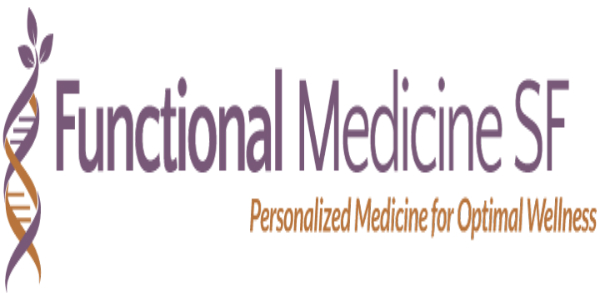 Should you do a juice cleanse?
Should you do a juice cleanse?
The options are everywhere, Juice Shop, Urban Cleanse, Pressed Juicery – touting the health benefits of a juice cleanse or even the old standby, Master Cleanse with it’s lemon water, maple syrup and cayenne pepper, it’s hard not to wonder if you should hop on the juice cleansing bandwagon, too.
In a nutshell, I’d say no – steer clear of juice cleanses that offer nothing more than liquids for days on end. Instead, choose a medically sound, whole foods cleanse that may incorporate juicing as part of the process, but that also embraces whole, non-inflammatory foods, rich in vitamins, fats and proteins.
Here’s why:
Our primary detox organ is our liver, which uses enzyme-based pathways inside the liver cells to transform toxins, including pesticides, medications, hormones and synthetic chemicals into harmless compounds that your body can eliminate. The liver detox pathways have two phases:
Phase 1 allows for neutralization of toxins through the process of oxidation, reduction or hydrolysis. In this process, free radicals are formed, which can lead to further damage if antioxidant levels like Vitamin C or E are too low. If phase 1 doesn’t move forward right away into phase 2, this can cause more damage. Phase 1 relies on many micronutrients such as magnesium, iron, B2, B3, folic acid, etc. to function properly – all things you could expect to get from juicing fruits and vegetables.
But, that’s not the whole story…
Phase 2, called the conjugation phase, then transforms the less toxic compounds from being fat soluble, as the majority are, into compounds that are water soluble so they can be excreted via water based fluids like bile or urine. Conjugation is the process by which another molecule like sulfur, glycine or cysteine is added to the toxin, which makes it water soluble and therefore able to be excreted.
Phase 2 requires sulfur-containing foods, such as cruciferous vegetables (broccoli, kale) and amino acids, which are protein building blocks, to undergo this transformation.
And herein lies the problem:
Juice cleansing is devoid of adequate amino acids, the protein building blocks, leaving the majority of toxins at the end of Phase 1 with no where to go.
What happens then? The toxins, lacking adequate protein support to drive forward the process, get recirculated back into the body, often times more toxic than they were before you started.
What to do instead:
Opt for a whole foods based cleanse, cutting out all of the most inflammation causing foods for a minimum of 3 weeks (the amount of time it takes for your immune system to realize those inflammatory triggers are absent). The foods, which most commonly contribute to inflammation are sugar, gluten, dairy, soy, corn and peanuts. Make sure to get plenty of healthy fats like olive oil, avocados and coconut oil and high quality pasture-raised proteins like grass-fed lamb, wild-caught fish and pasture-raised eggs. Add to this plenty of fibrous leafy greens, full of cleansing indole compounds, and low-glycemic, organically grown berries filled with detox-promoting antioxidants. Better yet, adopt this way of eating as a lifestyle and enjoy your juicing as part of a well-rounded diet.



